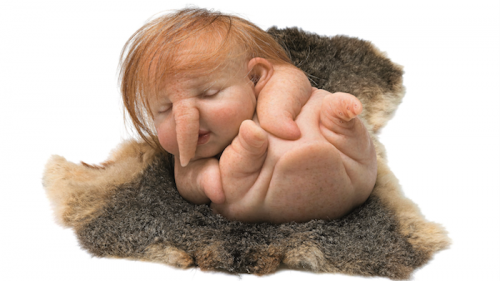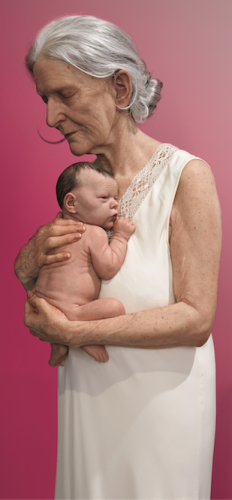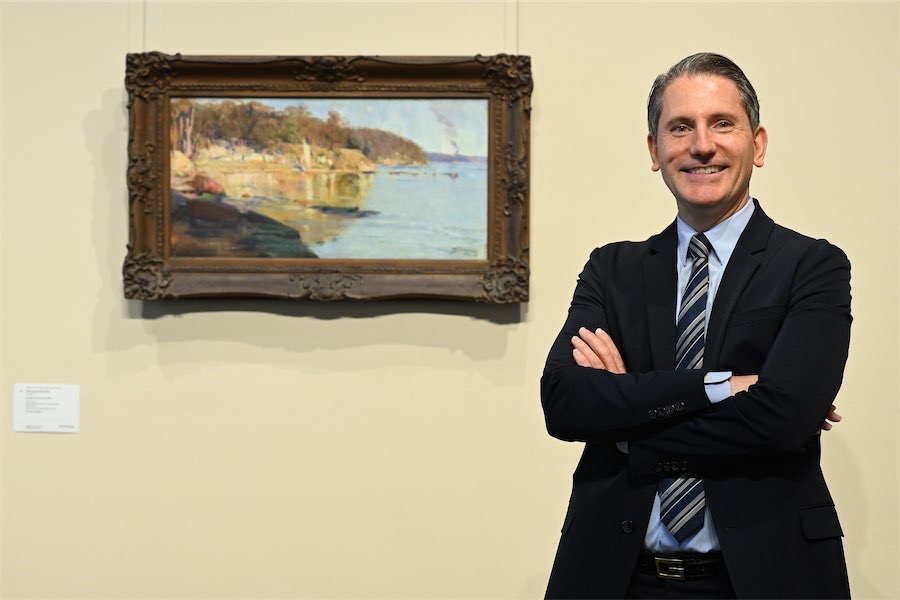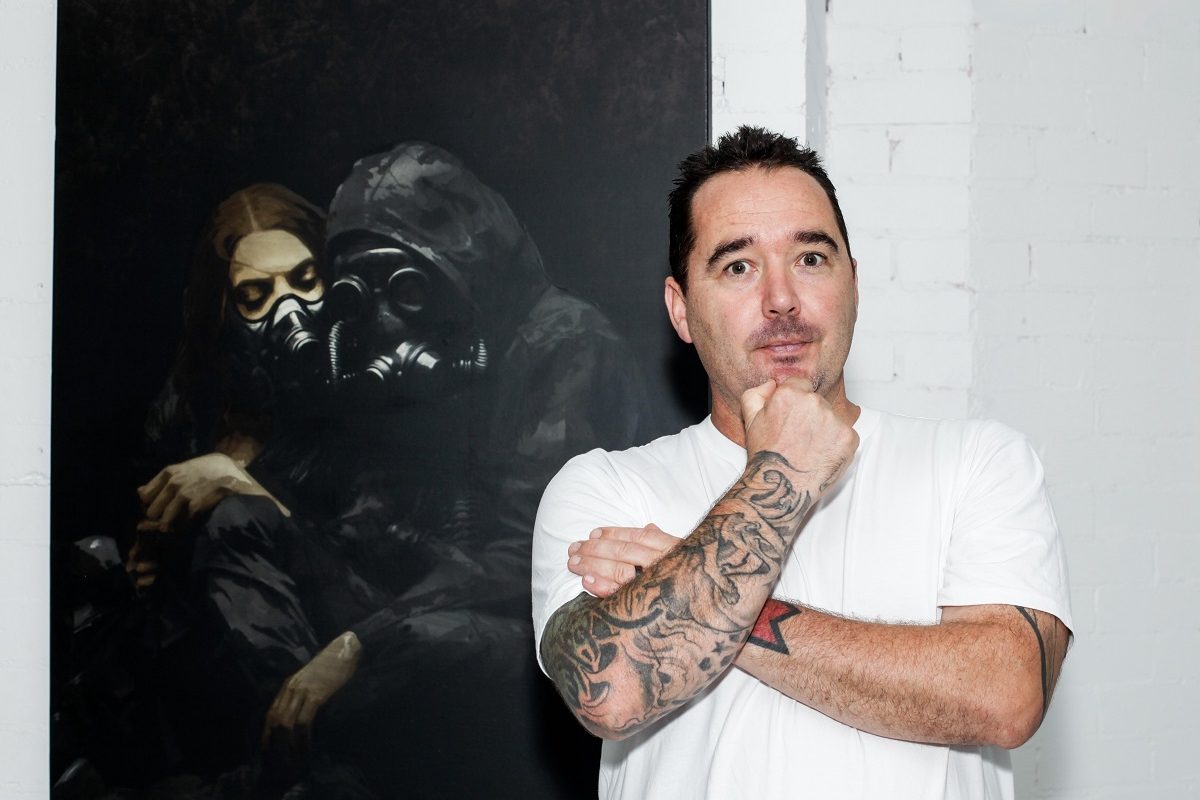
“THERE’S something in the human condition that draws us to realism,” says Jaklyn Babington. “Some of the most popular art shows everywhere involve realism.”
Babington is the senior curator of global contemporary art practice at the National Gallery of Australia, which is poised to open its “weird, wonderful and uncanny” exhibition, “Hyper Real”, 50 works in sculpture and video art by 32 artists, varying from the huge “Pregnant Woman” by Ron Mueck to ANU graduate Patricia Piccinini’s fragile hybrid babies.
Real, super-real or hyperreal, to curator Babington, no matter what it’s called, there’s a universal fascination with likeness in art.
“That’s why people like portraits,” she says.

“There is something about a really labour-intensive process where this has so much attention to detail. More and more audiences are turning to photography and video art, too.”
All this may come as a surprise to patrons used to the NGA’s lush summer blockbusters of 19th century and mainly Impressionist art – and the gallery knows it.

First to the title, “hyper” comes from Greek and means “over”, also interpreted as “exaggerated” and “beyond”. The term was first used in the ’70s but, as Babington explains, the movement really started in the ’60s and is closely associated with American artists such as Chuck Close, Duane Hanson and John De Andrea.
As younger artists took inspiration from these pioneers, she says, new plastics and other industrial materials made it possible for them to create the illusion of reality, so that the sculptures in “Hyper Real” will “trick” us into thinking they are real.
“We all love to be momentarily tricked,” Babington says, evident when at the recent media launch of “Hyper Real” very small children were riveted by the realism of Mueck’s nude, pregnant female figure.
Babington believes hyperreal art is popular with the public even when it’s not in fashion for art connoisseurs.
She says the public gets it immediately.
“There is the element of shock and surprise. They don’t know if it’s real and it unbalances the intellect,” she says.
“It’s human to categorise and our sense of that becomes confused – we have that ‘flight-or-fight’ reaction.”

It won’t be all three-dimensional. Figures in the series “Inverso Mundus” (“the world turned upside down”) by the Russian collective AES are a complicated mix of still photography, digital art and animation.
The series is derived from subversive, 16th century engravings that show animals slaughtering humans, children overcoming teachers and the poor overthrowing the rich.
Babington says there are fewer females than males exhibiting in the hyperreal genre, but believes Patricia Piccinini’s “scientific but fantastical and surreal” hybrids bring a unique perspective.

Piccinini’s floating creature “Skywhale” brought her one kind of fame, but her show in Brazil sold out last year.
“Patricia starts with the familiar and then inserts components that we can’t quite define and categorise,” says Babington.
Melbourne’s Sam Jinks, also hot on the international art circuit, draws inspiration from the past and his latest work, “The Deposition”, commissioned from him by the NGA and still in process, will show an older maternal figure with her middle-aged son, conjuring up the many paintings of Jesus being taken down from the cross and the famous “Pieta” showing the Virgin Mary and her dying son.
Jinks was initially trained in special effects, Babington says, and brings “meticulousness” from another art form.
The same may be said for Mueck, born in Melbourne, trained initially in the family puppetry business, later moving into creative film industries and ultimately becoming an international sculpture superstar, where we claim him but he rarely claims us.
As Babington puts it, “all these artists are global – is it an AC/DC thing?”
“Hyper Real”, National Gallery of Australia, October 20-February 18. Bookings to premier.ticketek.com.au or 132849.
Who can be trusted?
In a world of spin and confusion, there’s never been a more important time to support independent journalism in Canberra.
If you trust our work online and want to enforce the power of independent voices, I invite you to make a small contribution.
Every dollar of support is invested back into our journalism to help keep citynews.com.au strong and free.
Thank you,
Ian Meikle, editor




Leave a Reply